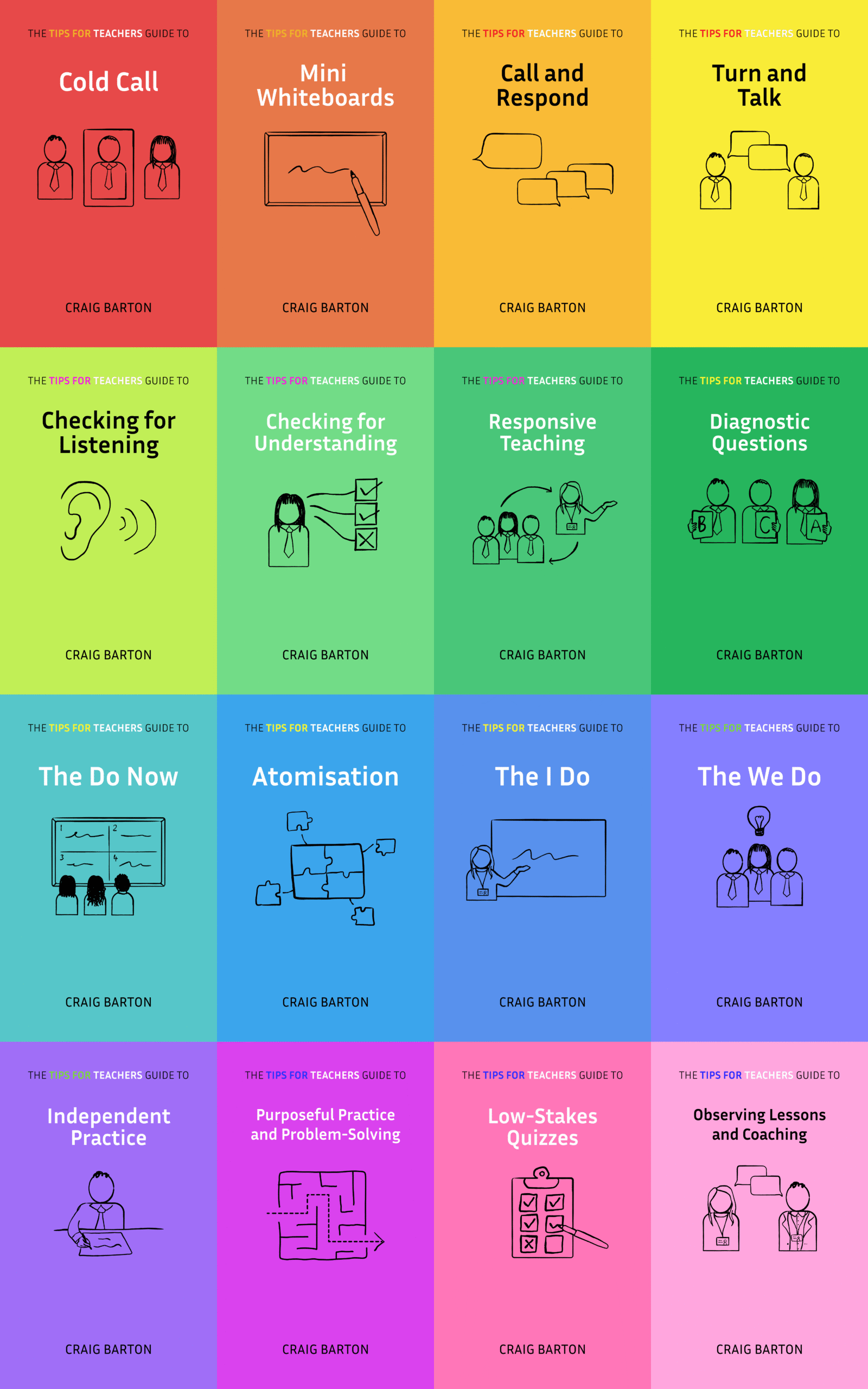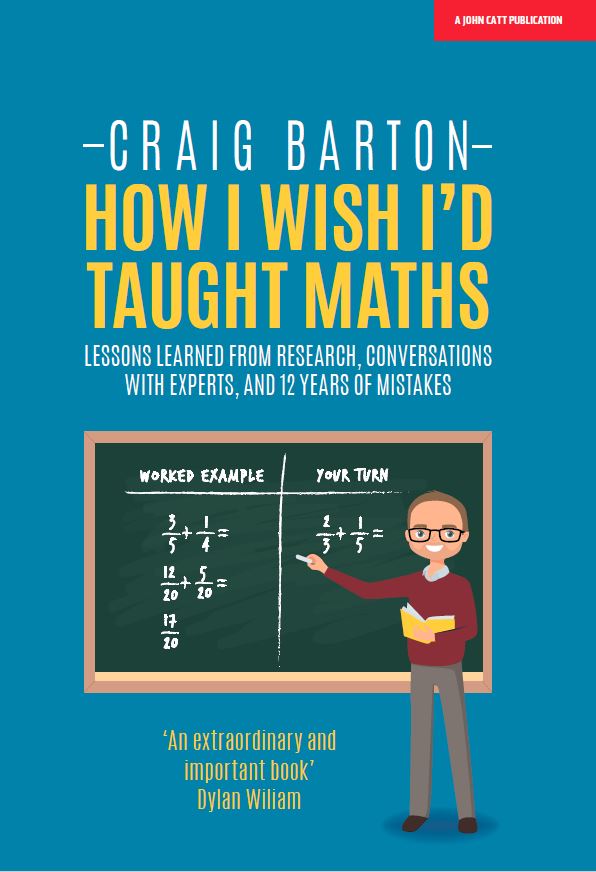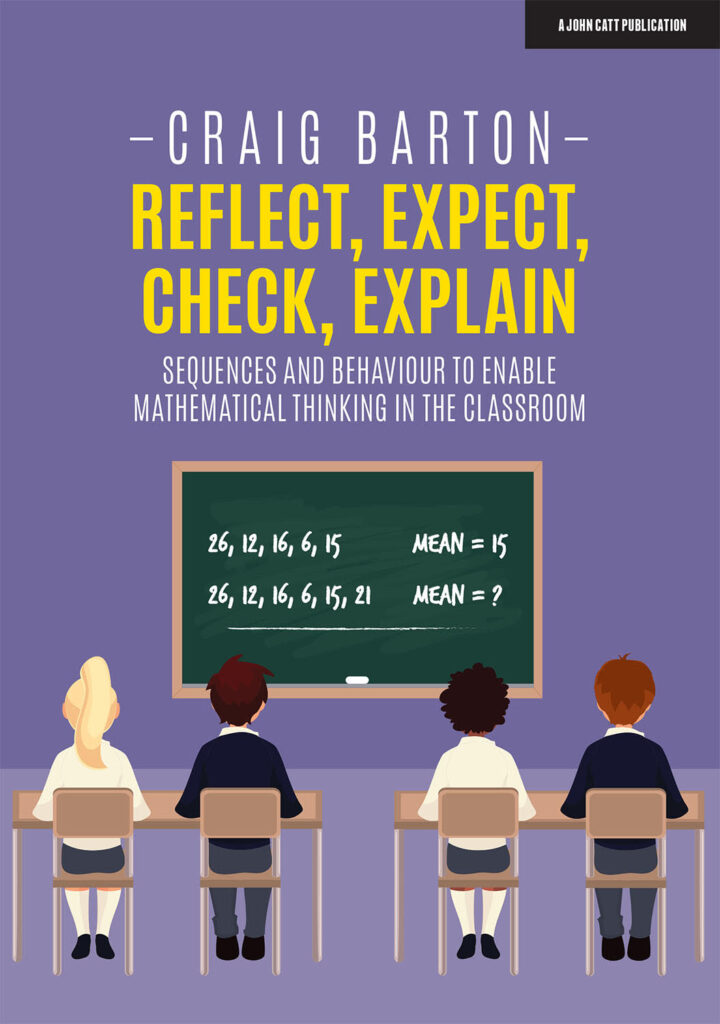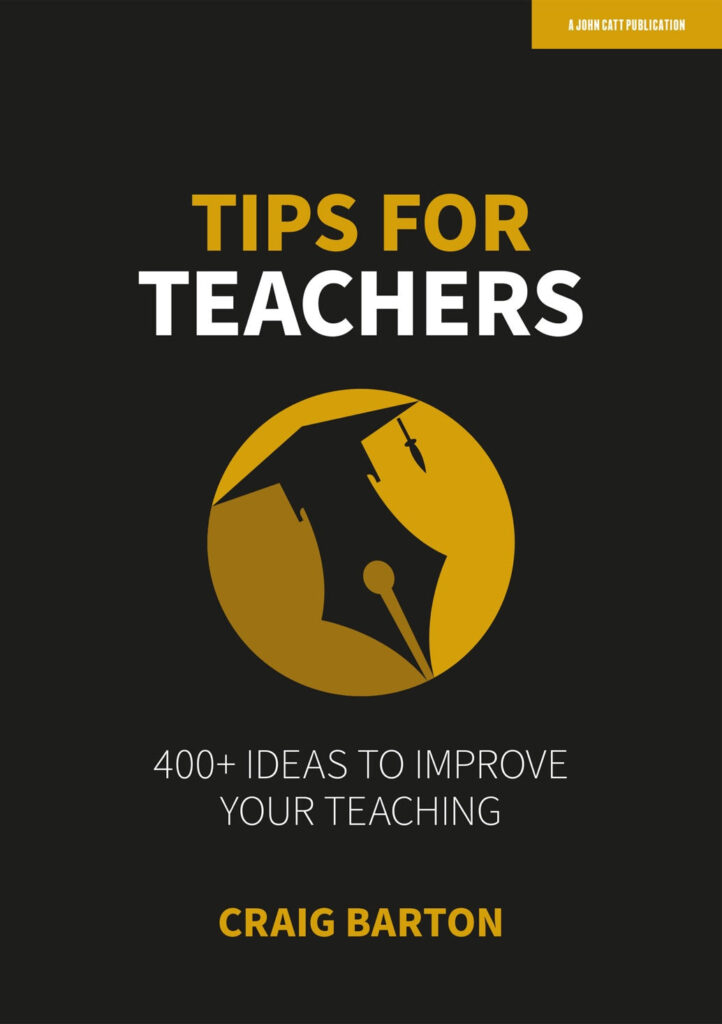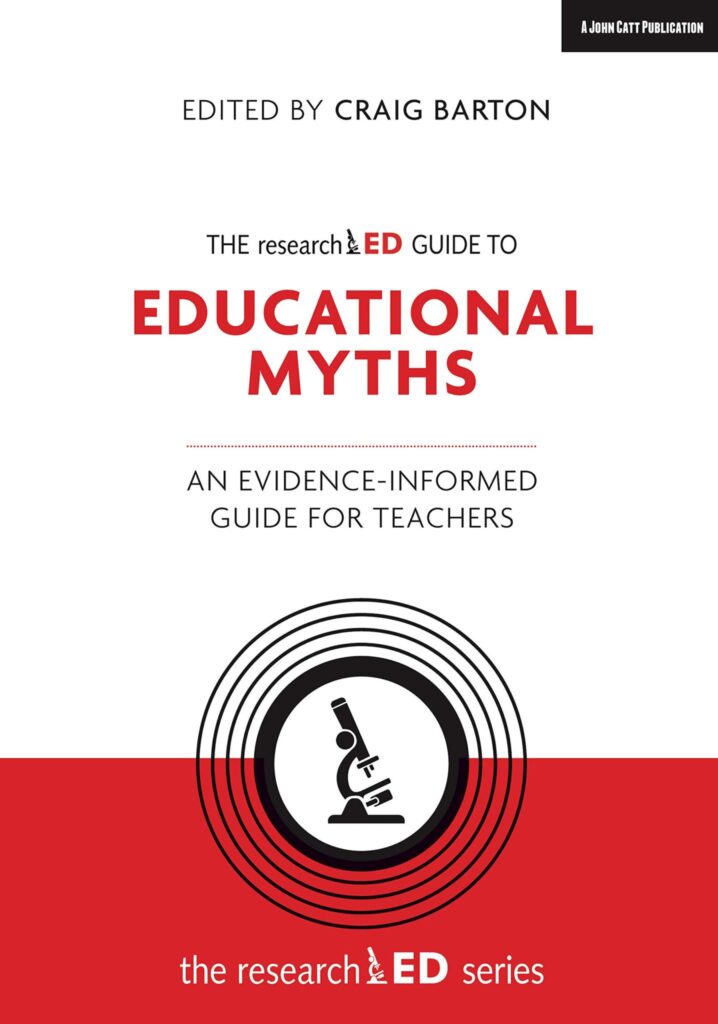
- Title: Explaining teachers’ judgement accuracy of students’ subjective well-being by students’ individual characteristics and the teacher-student relationship
- Authors: Zurbriggen et al
- Access the original paper here
- Listen to a deep-dive podcast:
Paper summary
This source presents a research study that investigates the accuracy of teachers’ judgments regarding their students’ subjective well-being in early primary education. The study specifically examines how individual student characteristics, such as gender, academic achievement, intelligence, and behavioral skills, along with the quality of the teacher-student relationship, influence this accuracy. Utilizing a longitudinal design with data from a large sample of Grade 3 students and their homeroom teachers in Switzerland, the authors found that teacher judgment accuracy for emotional well-being and social inclusion was relatively low, while it was moderate for academic self-concept. The findings underscore the importance of student behaviors and the teacher-student relationship in shaping how teachers perceive their students’ well-being.
If teachers remember one thing from this study, it should be…
If teachers remember one thing from this study, it should be that their judgments of students’ subjective well-being are only low to moderate in accuracy. These judgments are significantly influenced by students’ behavioral skills and the quality of the teacher-student relationship.
***Paper Deep Dive***
Define any technical terms used in the paper
- Subjective well-being (SWB): A multidimensional construct capturing individuals’ perceptions, including affective (emotional well-being), cognitive (academic self-concept), and social aspects (social inclusion) within the school context.
- Judgment accuracy: Defined as the self-other agreement between teachers’ judgments and students’ self-reports of subjective well-being.
- Consistency: The proportion of variance in teacher reports that is shared with students’ self-reports.
- Specificity: The proportion of variance in teacher reports that is not shared with students’ self-reports.
- Teacher-student relationship: Evaluated by teacher ratings of closeness and conflict with students.
- Behavioural skills: Assessed by teacher-reported student conduct, hyperactivity, peer problems, emotional problems, and prosocial behaviour.
What are the characteristics of the participants in the study?
The study participants included 1582 Grade 3 students (average 9.5 years old, 51.6% girls). The teachers involved were 107 homeroom teachers (89.1% female), with an average of 14.8 years of teaching experience. Most students and teachers remained consistent from Grade 1 to Grade 3.
What does this paper add to the current field of research?
This paper uniquely investigates factors explaining teachers’ judgment (in)accuracy of students’ subjective well-being, particularly focusing on student behavioral skills and the teacher-student relationship, which have been largely neglected. It also employs a longitudinal design, extending research beyond typical cross-sectional studies.
What are the key implications for teachers in the classroom?
Teachers should know their judgments of students’ subjective well-being are only low to moderate in accuracy, particularly for emotional well-being and social inclusion. Key influences on these judgments include:
- Students’ behavioral skills: Prosocial behavior improves judgment alignment, while problem behaviors (e.g., hyperactivity, conduct issues) can reduce it.
- Teacher-student relationship: Conflicts negatively bias judgments, while closeness positively influences them (though this might lead to overestimation).
Raising awareness about these factors and the importance of subjective well-being is crucial for adaptive teaching.
Why might teachers exercise caution before applying these findings in their classroom?
Teachers should exercise caution because the study was conducted in a specific cultural context (German-speaking Switzerland), potentially limiting generalizability to other regions. The data was also not explicitly designed for this investigation. Crucially, the teacher-student relationship was assessed solely from the teacher’s perspective, lacking student input, and social inclusion relied only on student self-reports, not peer views.
What is a single quote that summarises the key findings from the paper?
Overall, our findings point to a nuanced role of student behaviours and teacher-student relationships in shaping teachers’ judgments of students’ subjective well-being
